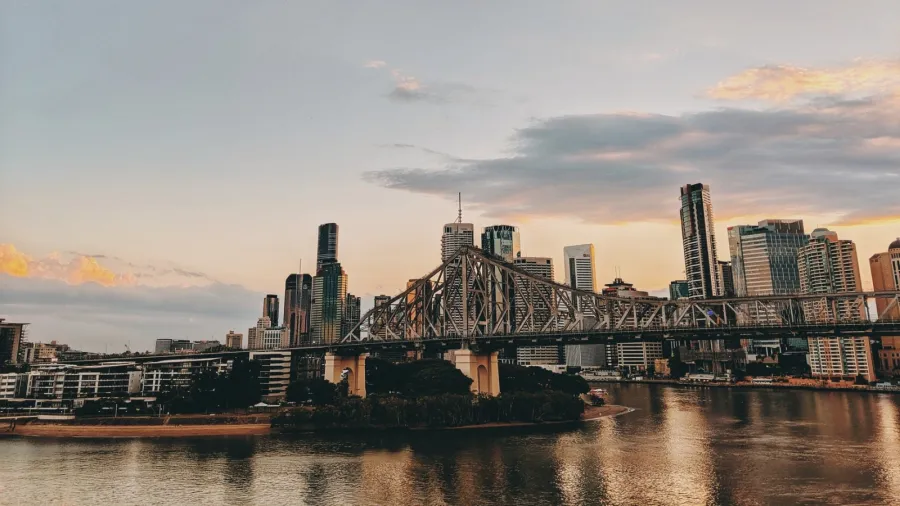
Why Australian student housing remains a resilient asset class despite international student drought
The sector will see 15,240 more beds between 2022 and 2024.
With international student mobility particularly impacted by the pandemic, Savills says student accommodation has been the most affected of the operational residential asset classes in Australia.
According to Paul Savitz, Director, Operational Capital Markets at Savills Australia and author of Savills Operational Capital Markets – Market Update H1 2021 report, despite international borders being closed, demand for Australian Higher Education remains strong.
Currently international students can still enrol at Australian universities and study online as they wait for borders to reopen. Some institutions have offered discounted fees for online learning, while others are paying the full amount” he said.
At a national level, international student enrolments are only 11% below 2019 peak levels and remain above 2018 levels, so the disruption is not being felt equally across the sector.
Mr Savitz went on to say that although geopolitical tensions with China linger, which is consistent with key Higher Education competitors, enrolments from Chinese students remain high.
“Total Chinese enrolments fell to 128,535 in 2021, from 128,946 in 2020, and 135,428 in 2019. Up from 124,412 in 2018. International and Chinese enrolments have really held firm, sitting above 2018 levels” he said.
Support for the Return of International Students
In the May 2021 Federal Government Budget, assumptions detailed small pilot programmes for international students commencing in 2021. These pilots will provide a useful proof of concept for a larger scale return of international students.
According to Conal Newland, National Director, Operational Capital Markets at Savills Australia, South Australia is the first state to have its international student’s arrival plan supported by the Federal Government.
“This pilot plan will see 160 students at a time flow through a dedicated quarantine hub in Adelaide.
“A separate plan, tabled to Federal Government by the New South Wales (NSW) Treasurer to bring back students, is expected to be approved shortly as well.
“This pilot plan would enable up to 7,000 international students to be back in the state by year end” he said.
Committed Purpose-Build Student Accommodation (PBSA) Pipeline Reduces
The development of purpose-built student accommodation has strengthened in 2021, after a year of caution and delayed delivery.
According to Savills Australia data, off the back of evidence highlighting demand for an Australian tertiary education remaining strong, and support for the return of international students from State and Federal Government emerging, new PBSA schemes are being progressed through planning and development.
“PBSA remains a resilient asset class with investors taking a positive view on projects with completions from 2023” said Mr Newland.
Since 2010, 45,900 new purpose-built student accommodation beds have been delivered across Australia’s major markets. A further 15,240 beds are expected to be delivered in the three-year period between 2022 and end of 2024. Delivery will be scaled back over the next few years in comparison to the last three-year period 2019 to 2021 where 20,431 beds were, or are, scheduled to be completed.
Mr Savitz believes investors maintain a focus on high quality opportunities in Sydney and Melbourne, recently evidenced with Scape’s approval for more than 1,800 beds in five buildings close to University of New South Wales, scheduled to open from Semester Two 2023 onward.
“79% of all completions in 2020 and 2021, and 67% of all expected completions over the next three years focused on Sydney and Melbourne” he continued.
Student Accommodation Outlook
The Australian border remaining closed is a key risk to the sector, says Mr Savitz.
“Throughout the Covid-19 pandemic there has been a significant shift to remote working, and students have been forced into online learning, as either University campuses reduced the amount of face-to-face teaching or international students became locked out of their study nation.
“The Higher Education sector is continuing to adapt to a hybrid model of online and campus learning for a large proportion of courses as the pandemic continues.
“The flexibility of online learning for University students is not without its challenges as it is considered by some to be a poor substitute for on-campus tuition and the holistic student experience. Attending University is an opportunity for young adults often living out of the family home for the first time to establish professional connections and build their first adult networks, whilst meeting friends and mentors that become future contacts and colleagues. Students also mix with inspiring academic staff who are leading experts in their chosen field. These are experiences and skills that cannot be replicated through an online Higher Education experience”.
Mr Savitz believes that the growth of PBSA globally over the last 20 years has enriched young people’s opportunities to engage with other students and meet new people through this period.
“Experience based learning through on-campus education coupled with the added attractiveness of living in PBSA are two key demand drivers that we consider will help the Australian Higher Education and student accommodation sectors to rebound once the international border restrictions start to lift.
“Australia is also looking attractive to globally mobile students compared to key competitors based on the government’s handling of the pandemic and perceived quality of lifestyle post pandemic.
“Demand for student accommodation is likely to recover quickly as and when restrictions and borders are removed” he said.



















 Advertise
Advertise




